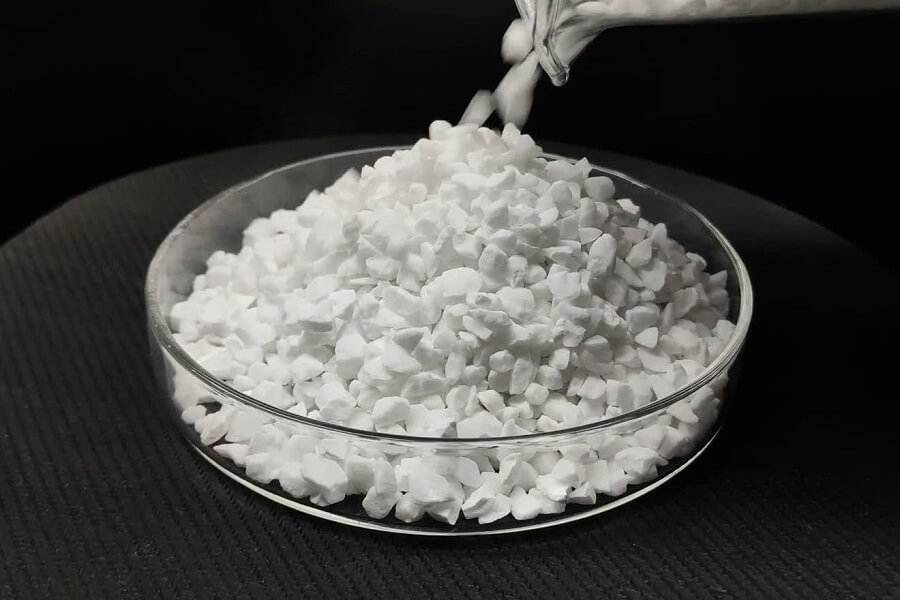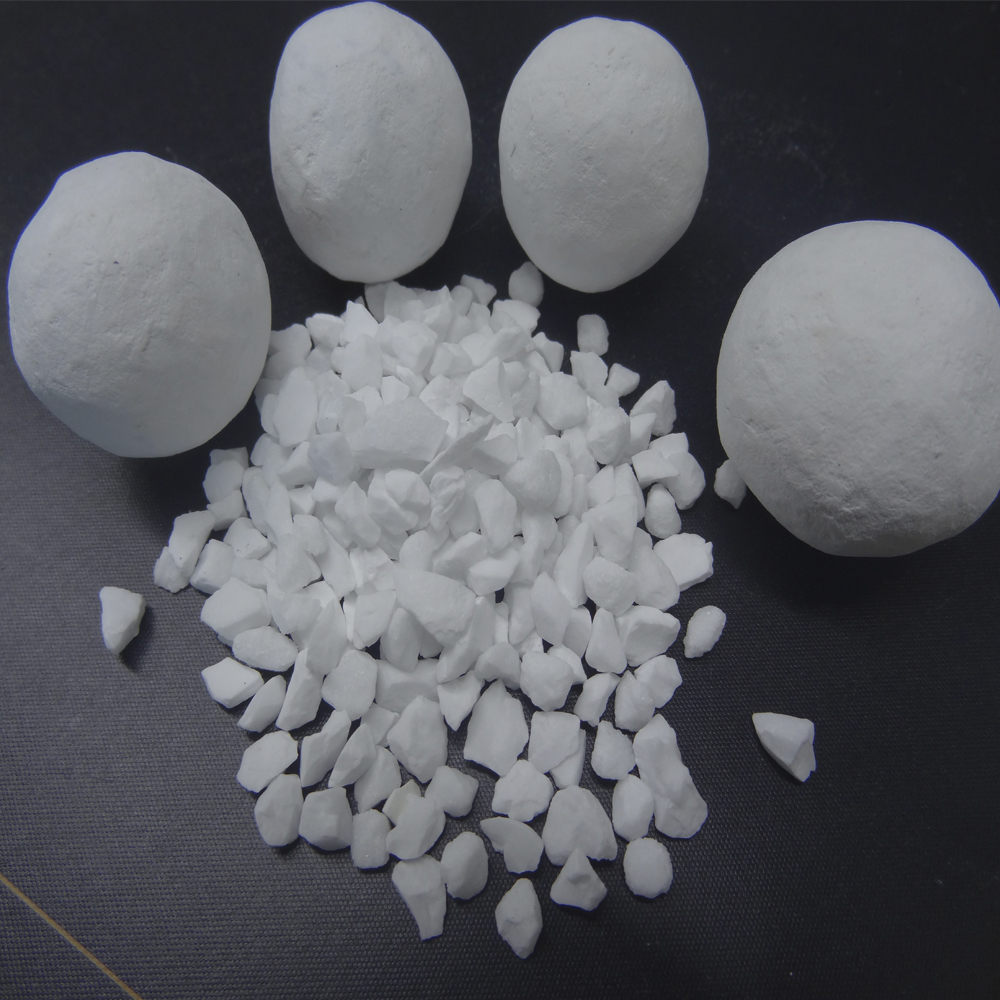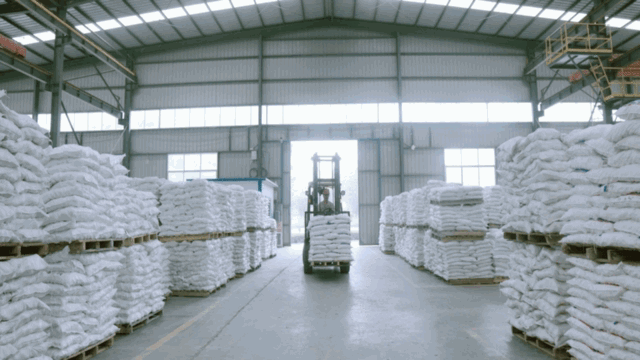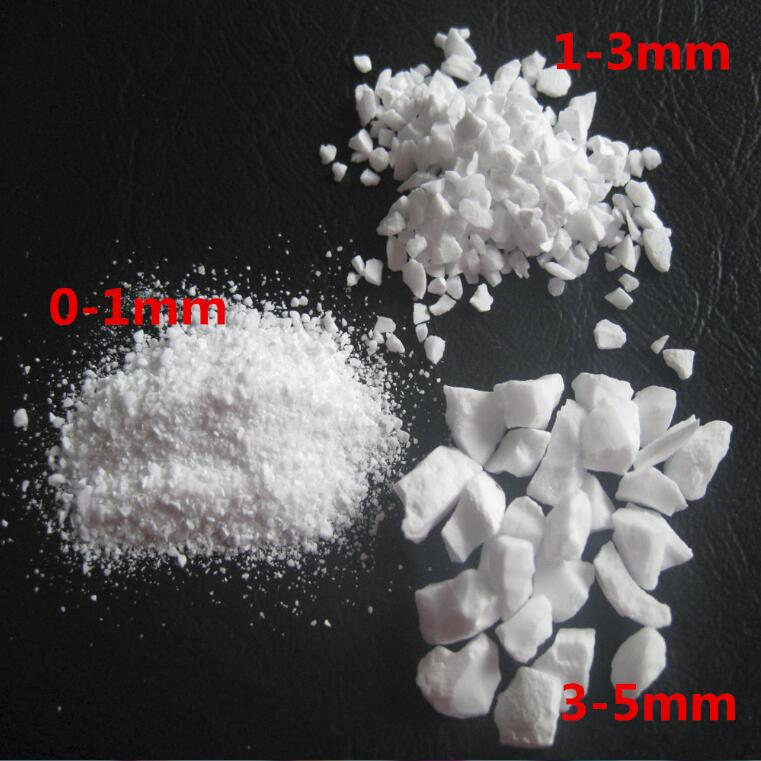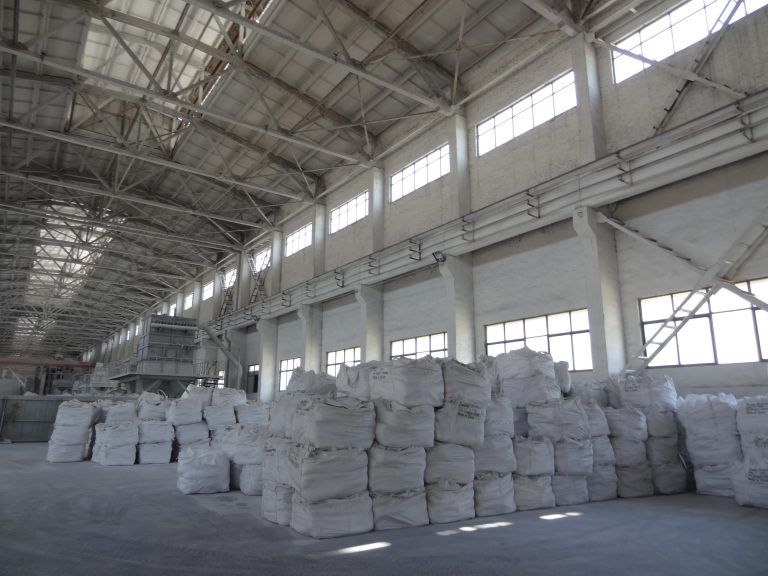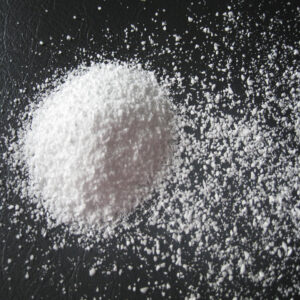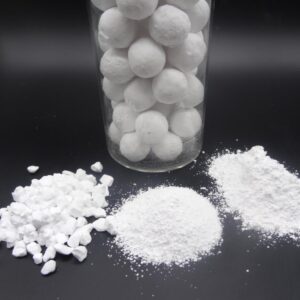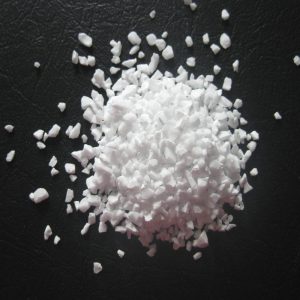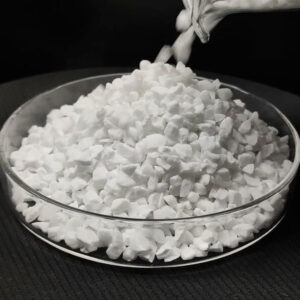Low Sodium Tabular Alumina
Low Sodium Tabular Alumina Chemical analysis:
| Chemical analysis: | Al2O3 | Min. | 99.4 |
| Fe2O3 | Max. | 0.06 | |
| SiO2 | Max. | 0.06 | |
| Na2O | Max. | 0.2 | |
| B.D. | Min. | 3.55 g/cm³ | |
| Apparent Porosity: | Max. | 3 | |
| Water absorption: | Max. | 1.2 |
The Main Properties of the Low Sodium Tabular Alumina Are as Follows:
1, High purity Al2O3 concentration 99.5%;
2, Extremely high crystal hardness;
3, Low open porosity and 2-3 times higher closed porosity;
4, High particle bulk density 3.55-3.6g/cm3
5, High melting point: 2000 °C
6, Chemically inert
7, Good thermal shock resistance
8, Excellent volume stability
9, The presence of microcracks
10, High single-crystal strength
Main Application of Low Sodium Tabular Alumina
The properties of low sodium tabular alumina have many applications in the field of refractory materials. In the main application area, low sodium tabular alumina is suitable for ceramic, chemical, and water bonding substrates. Low sodium tabular alumina can be used alone and combined with a system and can also be used with calcined and activated alumina. Because low sodium tabular alumina exhibits exceptionally high purity even with fines, it can improve lower alumina aggregates’ performance. For example, bauxite and low sodium tabular alumina use coarse grains of these aggregates and tabular alumina’s medium grains and fines. As mentioned earlier, the increase in low sodium tabular alumina consumption mainly comes from the continuous casting of steel. The use of platy corundum, particularly for skateboards, dip pipes, and nozzles, is an industry-standard requirement.
